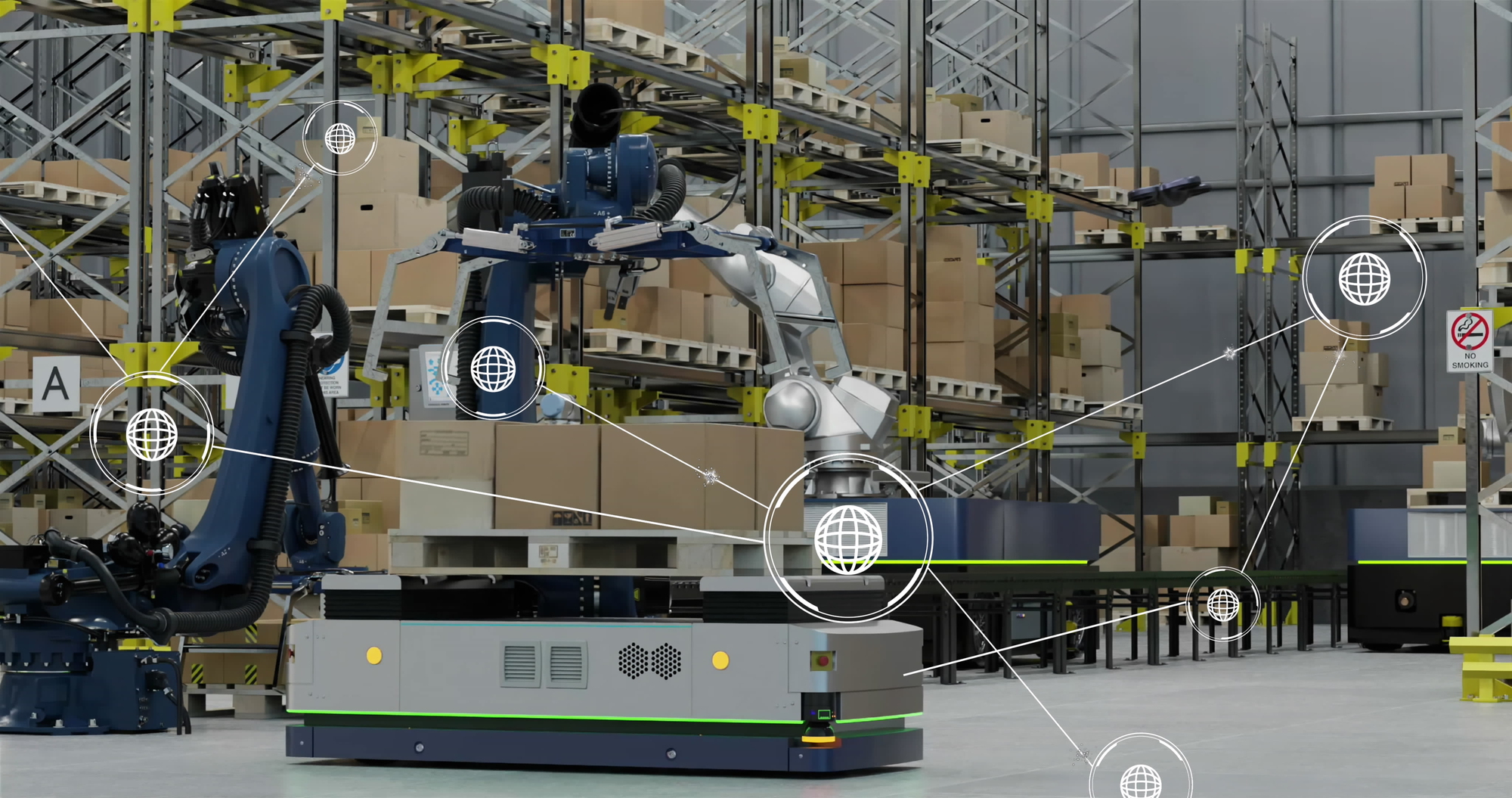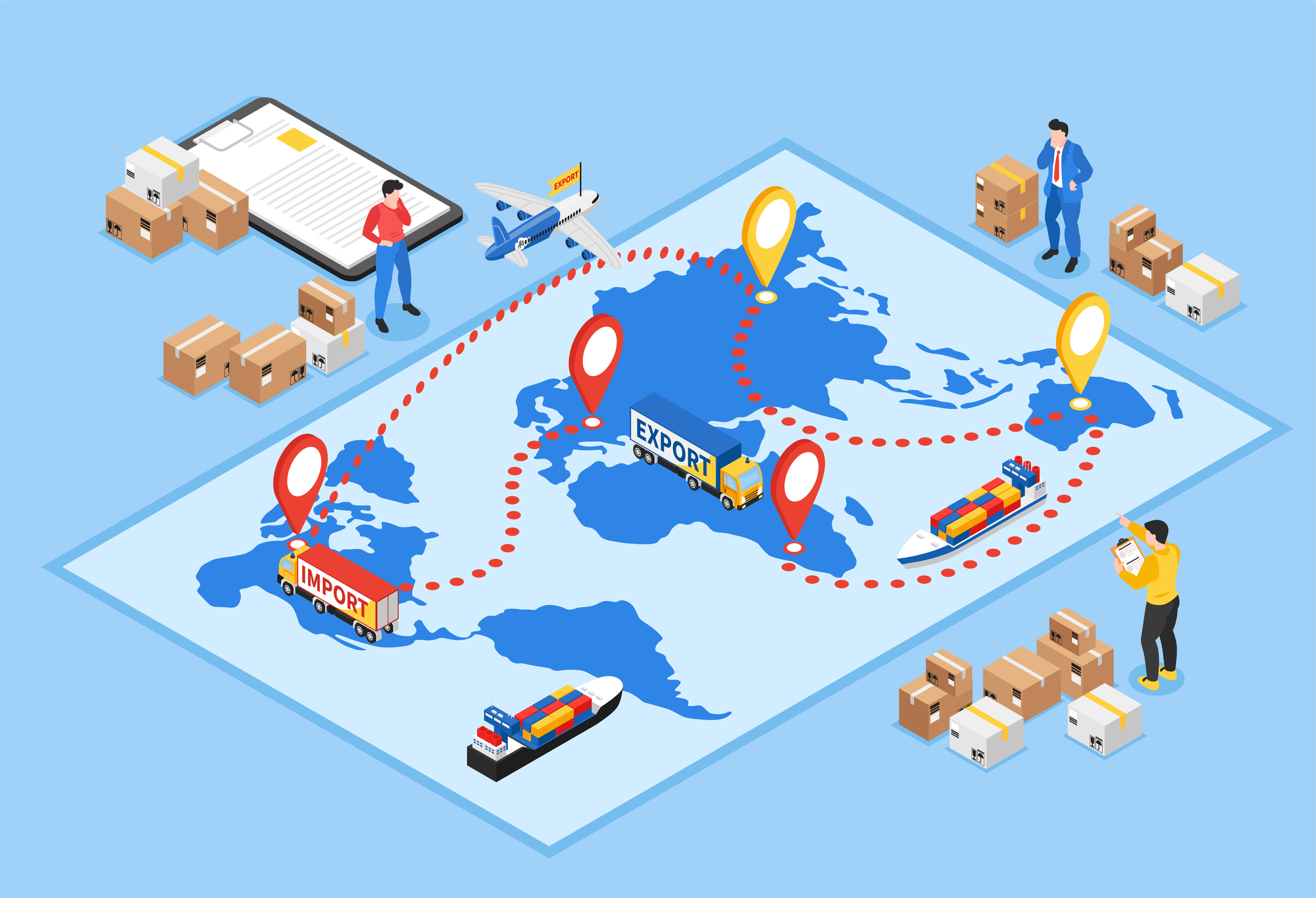
Only a few years ago, the thought of a robot uprising seemed reserved for such fantasy as the Terminator movies and the wildest conspiracy theories. While we have yet to be in the throes of battle for the planet Earth with our robot overlords, a robotic revolution is happening around us whether we know it or not. To someone who doesn’t understand that the technology is already deployed and how it has made their lives easier, it’s easy to dismiss these robotic improvements out of hand, chalking up their imminent failure to their lack of human quality…but that’s where it gets interesting. As new technologies are developed and others mature, it’s becoming much harder to spot the bot.
Take, for example, ordering take out. Which is easier? Call the restaurant, get put on hold, have to shout so they can hear you over the noise of the cooks, repeat your order several times, attempt to give them your credit card details over the phone, wait 45 minutes, wait another 15 minutes, wonder if your food will ever arrive…just to have the delivery person drop off the wrong order…and well, at this point you’re starving so you’ll take whatever they’ve brought. Or: take out your phone, open an app, browse the menu, custom order, pay in-app, and track delivery. Works just like Amazon. You may still get the wrong order, but…there’s a button to make it right. We’ve seen Domino’s do this with their pizza app. They’ve even developed a zero-click app, to automate the process even further.
The blurred lines in robotic process automation
While you could argue that the line between automation and typical software development is blurred, its reasonable for people to understand that once they place an order on a pizza app, there is some code working magic behind the pretty front end that will execute their order. But what if you received a phone call at work, had a conversation about your hours, scheduled an appointment, and answered a question about your product offering? If there wasn’t a strange boxy sounding voice on the other end that spoke a broken form of the language, would you even suspect that you didn’t just speak to a human?
Introducing Google’s new AI powered technology, Google Duplex. Duplex can mimic human speech patterns including cadence, tone, and non-dictionary phrases (umm, hmm, etc.) to make it that much more difficult to spot the bot. Most of us refuse to answer numbers we don’t recognize because we are sure there’s a spam bot on the other end, but if you were to speak to a Google Duplex agent, you would be none the wiser. While this preconceived notion of bot calls only existing to pester us will likely persist for some time, Google is already using the technology to make an impact in our lives.
A classic example would be on a holiday, let’s say Easter. You’re preparing food and something goes wrong, in a panic you search to see who’s open on the holiday. When searching for stores on the internet, you’ll either see their standard hours or the all too familiar “hours may be affected by Easter holiday” message. Now you’ll need to spend the morning making multiple calls before you find someone who’s open, taking up your valuable time while you have other preparations to attend to. Enter Google Duplex. As the largest search engine in the world with countless people relying on it for information, it’s in Google’s best interest to have all of this information accurately displayed at your fingertips with one search. To provide this, Google sends out an army of robocallers powered by Duplex to simply call local businesses and garner their holiday hours through a brief, friendly conversation with a worker at the store. After the call, the worker is none the wiser that they were speaking to a bot and Google can be updated with accurate store hours seamlessly.
How SDI uses robotic process automation
At SDI, we use similar human-like tactics when building our bots to automate business processes. Some processes, like sourcing and purchasing stock MRO materials that don’t require specific category expertise or production planning knowledge, can be automated through Robotic Process Automation. Though these processes can be automated, there are still hurdles in the process.
Servers that perform these tasks can only handle so many requests in a given amount of time, and will often flag overuse as a malicious attack, blocking automation efforts. To counter this, the bot must behave more like a human. It can be as easy as random pauses built into the code, the equivalent to the “ums” and “mmm-hmms” in speech that allow restaurant owners to make bookings for bots and still feel like they’re having a real conversation. With chat bots a keyword can trigger a canned response instantly, but what would feel more human? Receiving a paragraph response typed impossibly fast or waiting until after you hit send, seeing a message that the agent is typing, and then receiving a response? Even if the answer to your question is exactly the same, the processing time makes it feel more human, and works better because of that feeling – the experience that the user wants.
The revolution has begun
The robot revolution is already here, you just don’t know it yet. With this new intel about where bots are used and how they interact with us on a daily basis, see if you are now able to spot the bot during the course of your day!
To learn more about how SDI uses Robotic Process Automation to provide value-added efficiency improvements, reduce repetitive tasks with exceptional speed and accuracy, and allow resources to go further to improve the overall customer experience, contact us today.





